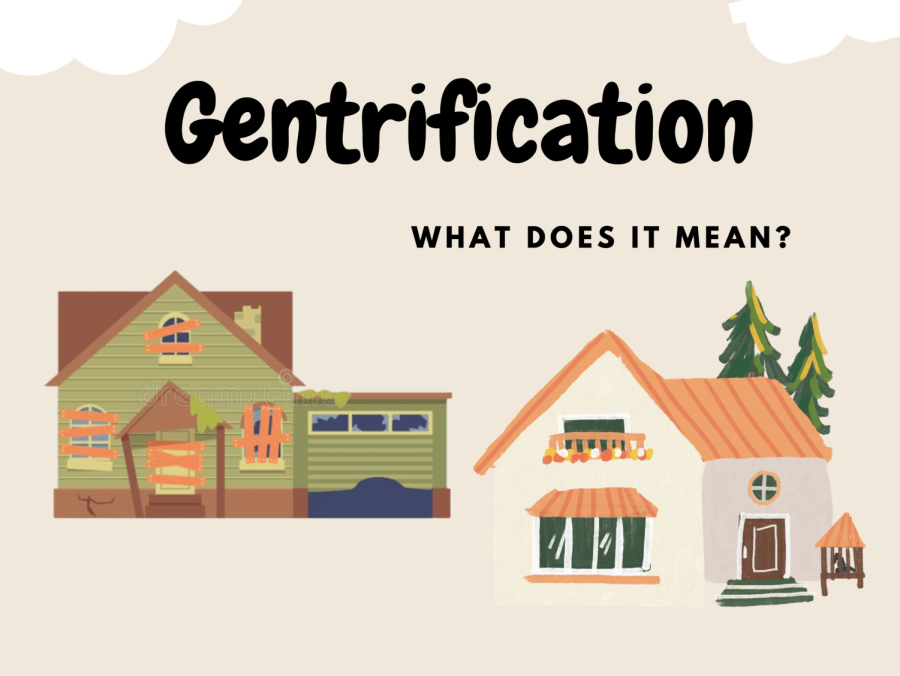Taking a look at gentrification
Gentrification changes include an introduction to new community life, renovation, and an increase in property values.
A quick Google search on “gentrification” will result in the word defined as “the process whereby the character of a poor urban area is changed by wealthier people moving in, improving housing, and attracting new businesses, typically displacing current inhabitants in the process.” However, gentrification has become a more critical and controversial issue that expands beyond just a simple Google definition.
According to the Urban Health Collaborative at Drexel University, gentrification is a one-change process that often includes demographic shifts, increased property values, and physical improvements that may benefit the people moving into the neighborhood but would be at odds with the current residents.
The history of gentrification dates back to post-World War II America when suburbs on the outskirts of cities were moved in by Black communities when white Americans sold these houses at low prices. After the process was complete, Black Americans were denied proper funding through “red-lining,” a systematic approach that targets areas of African-American and racial communities; however, these people took advantage of the opportunities presented to them and “re-created” and “re-did” the community, often after the old residents have vacated due to new circumstances.
Toward the modern era, the gentrification processes have affected poor, working-class communities, often at the expense of older residents. The gentrification process, at its core, involves and affects both the older residents as well as the newer residents.
Gentrification can be seen all across the United States, with cities such as Brooklyn, New York City, and Detroit seeing some of the most dramatic gentrification processes since 2019. According to Business Insider, the signs of gentrification may be suitable for certain neighborhoods; often, much of the new renovations include “roads [being] repaved, apartments [being] renovated, and stop signs [being] replaced with traffic lights.” Other signs might include new “upgrades” to neighborhoods, such as restaurants, bars, and the most controversial improvement – an increase in property value. While these improvements may sound good on paper, they also have drawbacks.
A Georgetown University Law publication, titled, “Examining the Negative Impacts of Gentrification,” found that gentrification can lead to the forced displacement of older residents, often because property becomes more valuable. Rent prices become too high for these people to stay there, and a fostering of discrimination against low-income people and minorities can come from classism and a failure to include low-income families in the communities plans.
Like many other changes, gentrification processes are plagued with controversies; ultimately, these areas may be improved or disproved; only time will tell.

